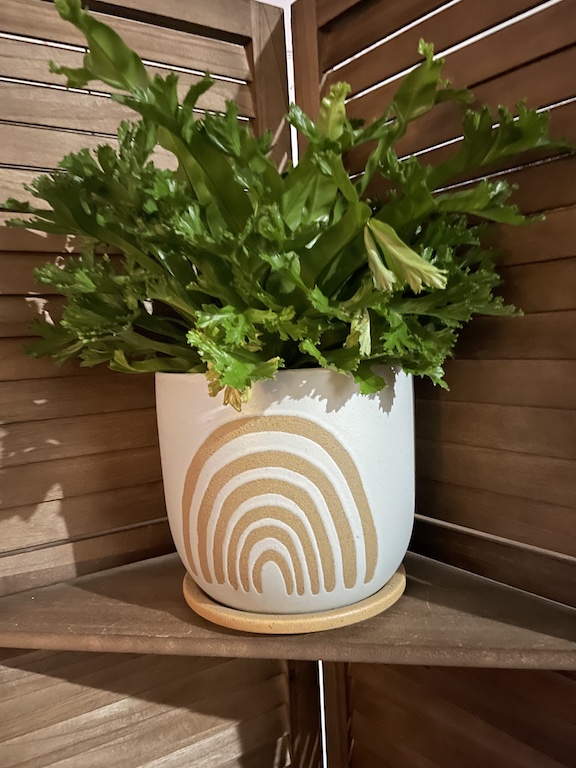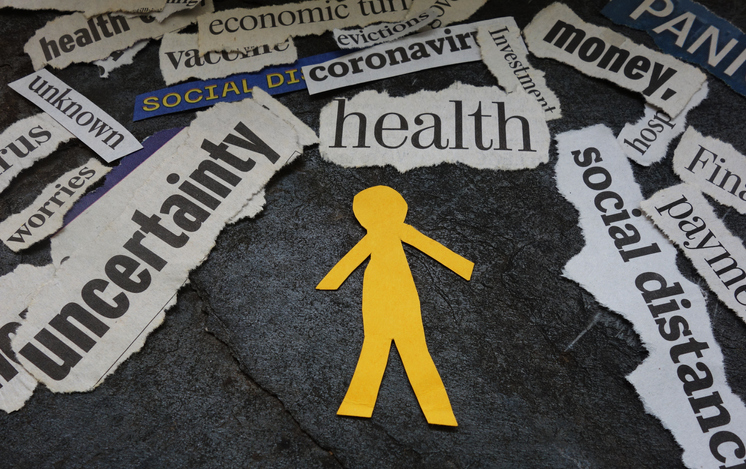Our brains are wired to protect us from danger. When something traumatic happens, our brains use all the senses to gather data around us during that event. We may not be able to voluntarily remember all of those details, but our brains store them.

This is why our reactions to anniversaries of an event can catch us off guard. Even when we are not consciously thinking about an upcoming anniversary of a traumatic event or loss, there are many things that remind our brains that it is coming and then our brains kick into gear to warn us that danger may be around the corner. It might be the smells of certain flowers that bloom that time of year or the decorations for a holiday that was near that anniversary.
Many people refer to these cues in our environment as “triggers”. I prefer to use the word “stimulus” or “stimuli.” (The topic of a future blog entry.)
Sometimes we don’t recognize that our reactions are connected to a past event. We may feel anxious or irritable for no apparent reason. We may have a sense of dread but not know why.
I’ve been around many people who have very strong anniversary reactions to past trauma and loss. I’ve never had as predictable a pattern as that. So as I approach the first year anniversary of my separation from my partner, I’ve been a bit caught off guard by my strong emotions. I’m not sure if it is due to stimuli in the environment or all my own processing, but my emotions this week have been big.… Read the full post “Our Brains on Anniversaries”


